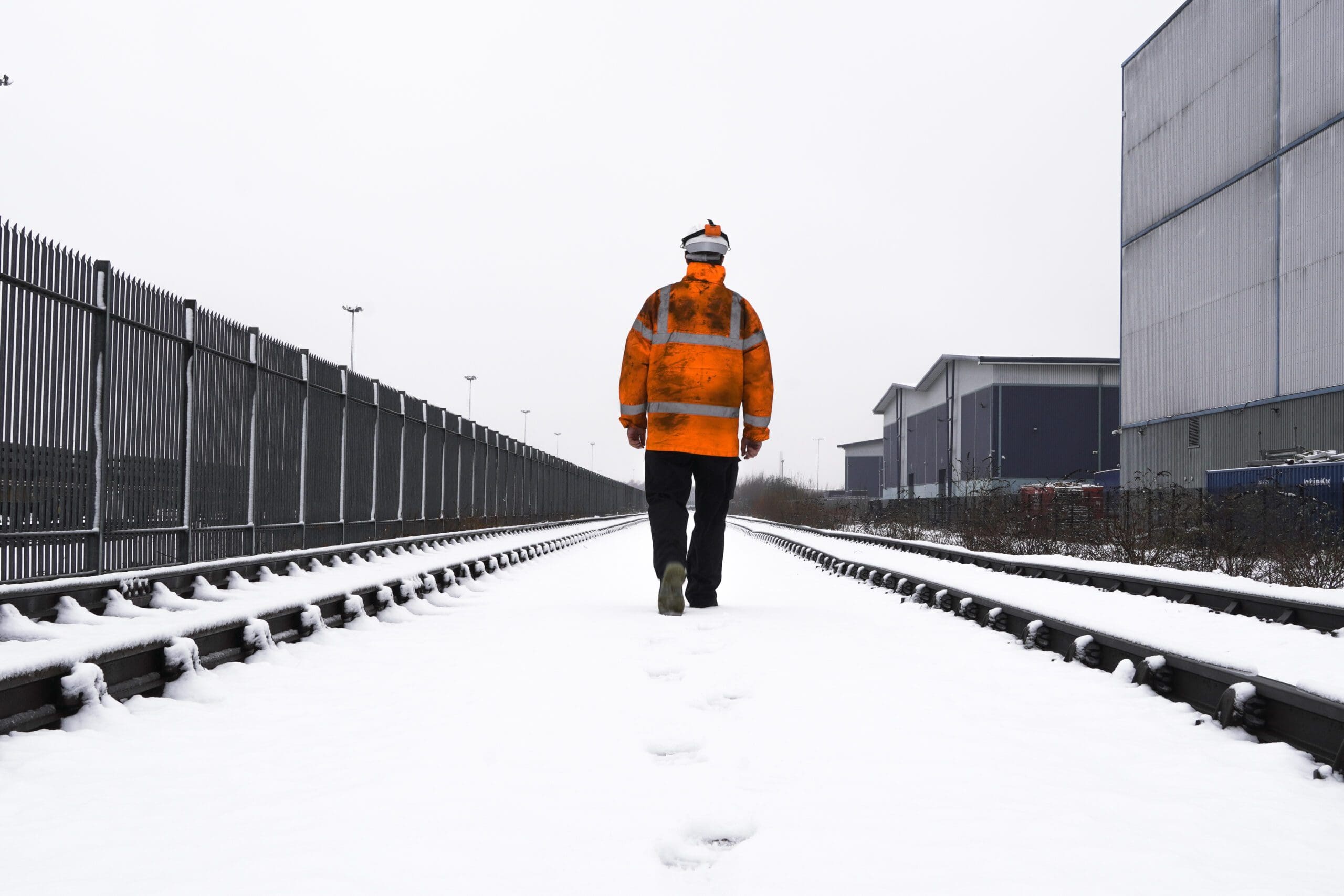10 Healthy Habits To Use Mds Caused By Railroad How To Get A Settlement

How to Get a Settlement For Radon Caused by Railroad
Precision bolting is used to help hold the railroad industry together, from locomotives to railcars. But with heavy train traffic and harsh weather conditions, these bolts are prone to loosen over time, a possibility of danger for tracks separated and derailments. RAD Torque's pneumatic torque wrenches are designed to ensure those bolts stay tight.
What is Radon?
Radon is a cancer-causing, smellless, colorless and tasteless gas that results from the breakdown of uranium in soil, water and rock. It can be trapped in structures due to cracks in walls or foundation, and it accumulates more frequently in basements. Radon is estimated by the EPA to be the cause of 21,000 lung cancer-related deaths each year. It's second only to cigarette smoking as the leading cause of lung cancer in the United States.
Radon can be broken down into radioactive substances which can attach themselves to dust particles. Radiation can harm DNA in lungs cells and promote tumor growth.
The National Cancer Institute has classified radon as a carcinogen. This means it could cause or contribute to the development of cancer. Cancer caused by radon and other forms of radiation is not confirmed on a basis per case basis, since it can take many years for a tumour to appear. Employers of railroads must screen for the presence of hazardous contaminants and ensure that employees are not exposed to them in a risky manner.
How can I tell whether I have Radon?
Radon is an odorless, colorless gas that can cause cancer in the lungs when breathed in for prolonged periods of times. It is naturally produced in soils and may escape into homes through cracks in foundations. It is the second most frequent cause of lung diseases in smokers and non-smokers. bladder cancer caused by railroad how to get a settlement can lower your exposure to radon easily by assessing your home and, if necessary fixing the problem.
Radon is introduced into your home primarily via the soil gasses, however it may also enter through your well water, though this is a less significant risk. It is prevalent in lower levels of your home and can cause respiratory problems, such as shortness of breath coughing, hoarseness, and chest pain.
You can detect radon in your home by conducting either a short or long-term test. If the results exceed 4 picocuries/liter, you must consider making mitigation adjustments. Installing a system to vent the radon that is leaking from your home to the outside can lessen your risk. After your home has been renovated You should test it again to ensure that levels remain low.
How can I tell whether my Radon levels are high?
Radon is an odorless, colorless, and tasteless gas which can cause lung cancer if inhaled high levels of it over a prolonged period of time. This is especially applicable to people who smoke or have a family history of smoking.

Radon gas is produced when radium or uranium break down in the rock and soil. Typically, the gas disperses outside, but it may accumulate in structures and cause health issues.
You can purchase the radon test kit from your local hardware store or engage a professional for the tests for you. The results of short-term tests are usually available within 2 or 3 days, whereas longer tests can take up to 90 working days.
If your radon level is above 4 pCi/L, you should seek out a professional for the right system in place which will clean the air inside your home. Make sure to retest your home a few months after the remediation process has been completed to verify if the levels have dropped.
How Do I Know If My Radon Levels are Low?
The EPA recommends the radon action threshold of 4 pCi/L. That's equivalent to 12,672 radioactive fragmentations per Liter in one minute. At this level, radon could cause lung cancer in non-smokers and smokers alike.
Radon is formed from the natural breakdown of uranium and radium in the soil. As time passes, radon may build up in homes and other structures and then enter indoor air. It is difficult to recognize radon because it cannot be smelled, tasted, or smelled. Exposure to radon can increase the risk of lung cancer and can also cause other health issues, like Emphysema and pulmonary fibrosis.
Radon is naturally occurring, invisibly gas with no odor that can accumulate to dangerous levels in homes and other buildings. It poses a serious health risk to tenants and owners of buildings and can cause costly lawsuits. The dangers posed by radon are easily avoided by taking just a few simple steps.
How Can I Tell If My Radon Levels Are Normal?
Radon is an inert gas with no odor and color which can seep through the floors and walls of homes, schools, and other buildings. It could cause lung cancer. It's the second-leading cause of lung cancer in the United States, killing 21,000 Americans every year. Radon is a soil-based molecule that accumulates in our air. It can accumulate to dangerous levels over time, increasing the risk of lung cancer significantly.
It's important to hire an experienced contractor to fix the issue if elevated levels of radon have been detected. They can examine the home to determine the reason for the radon issue, and install systems to reduce it. These include venting, fan and other means of circulating the air to lower levels.
If the property is in an area that is known to be susceptible to radon, it is recommended that buyers include the radon condition to their contract. The buyer can then rescind a sale if the test shows unacceptable levels or at least negotiate the issue. The good news is that even severe radon issues can be resolved fairly easily with affordable systems.
